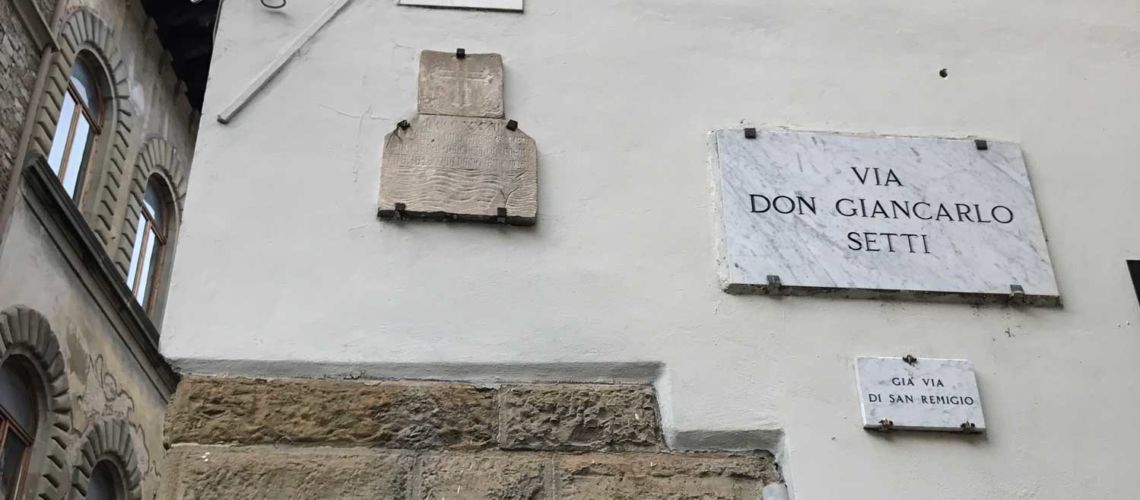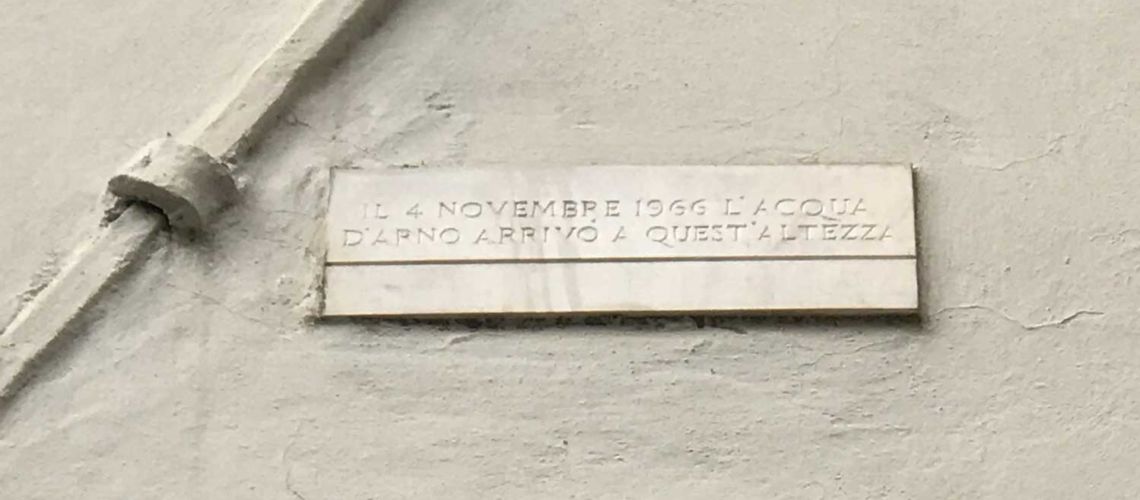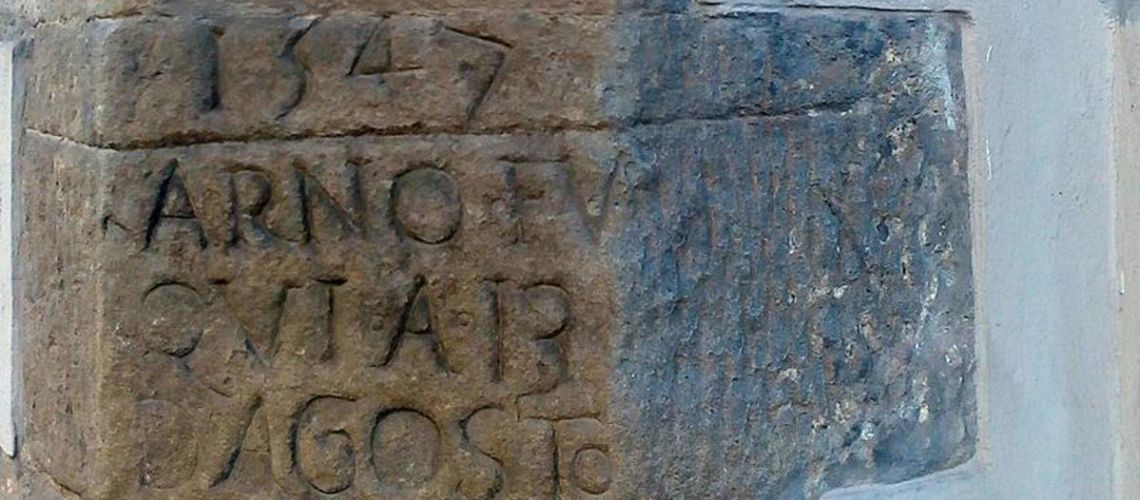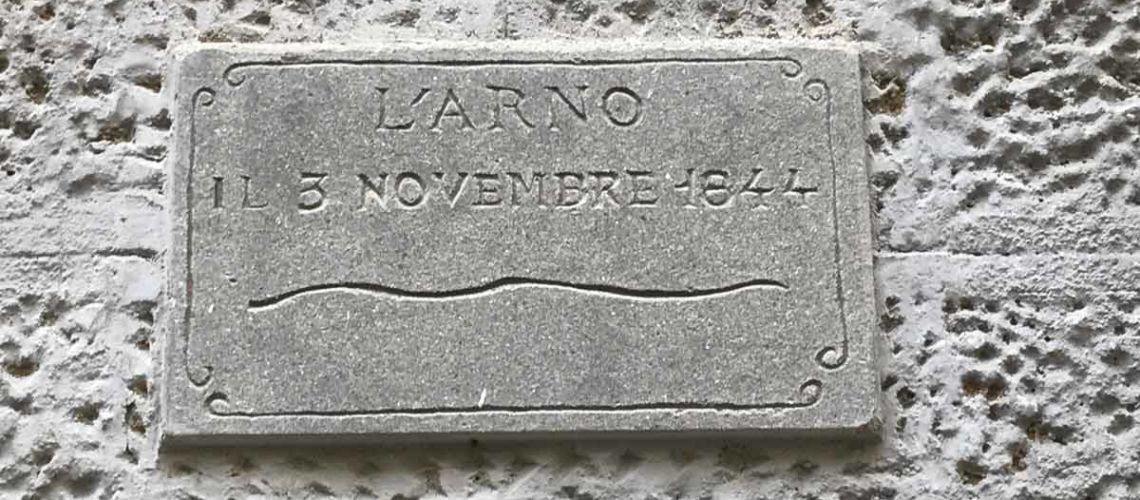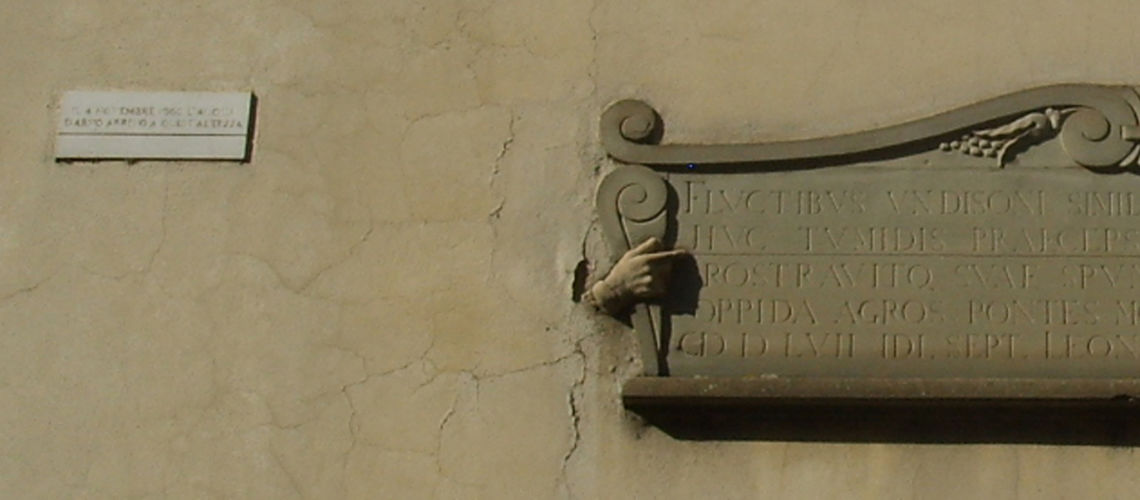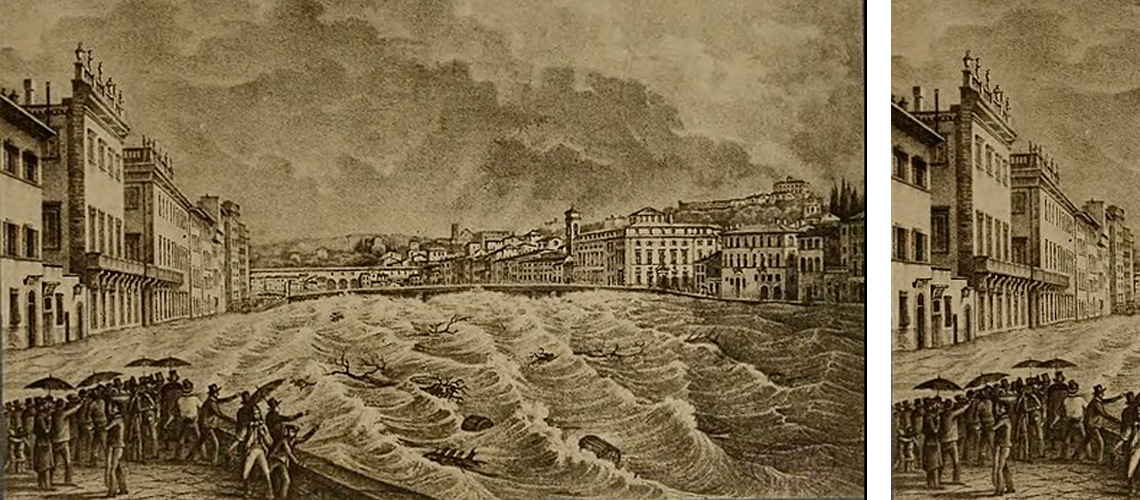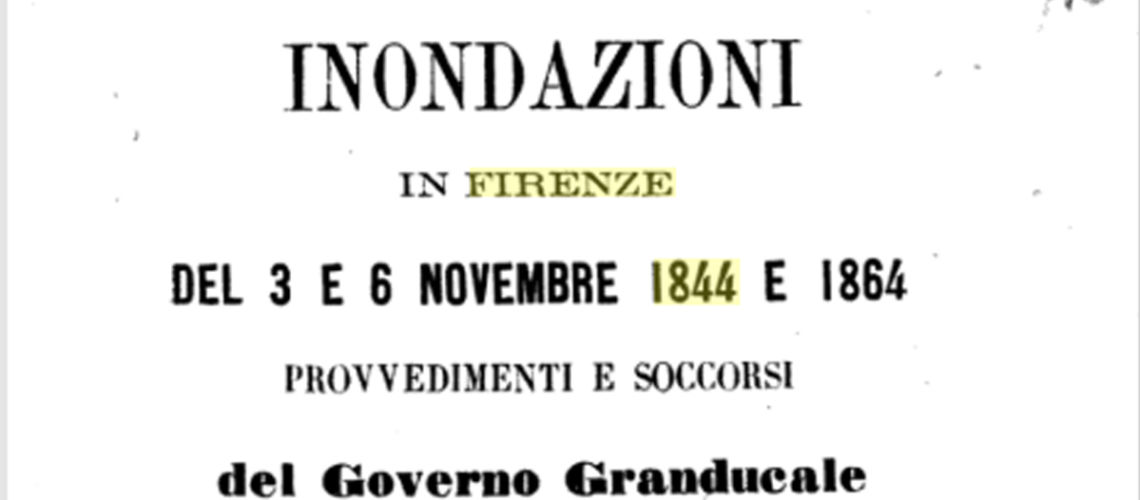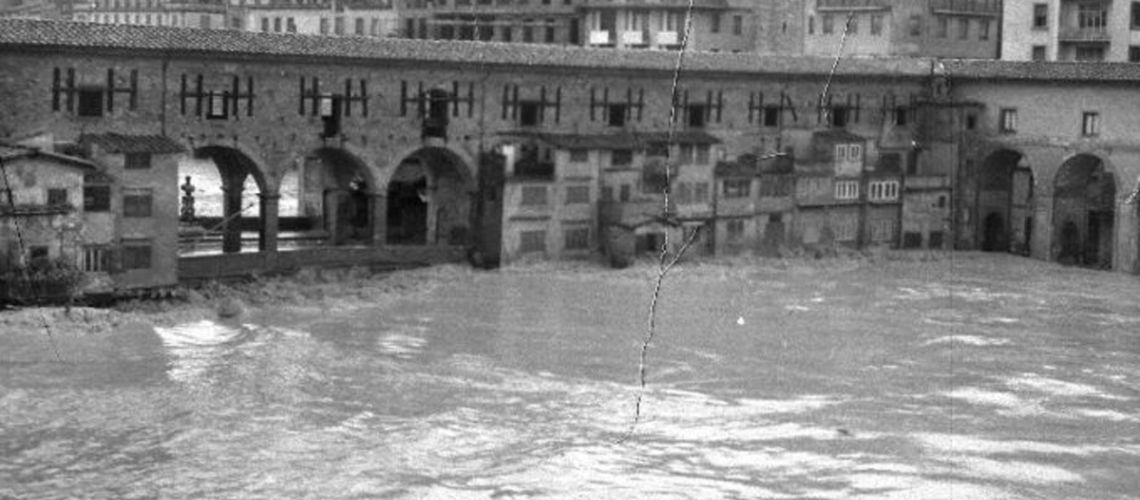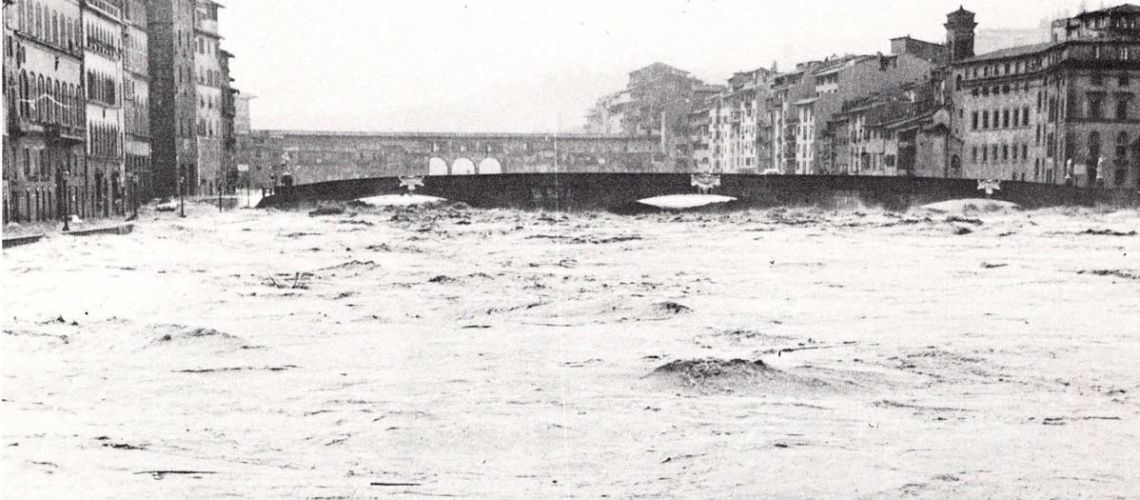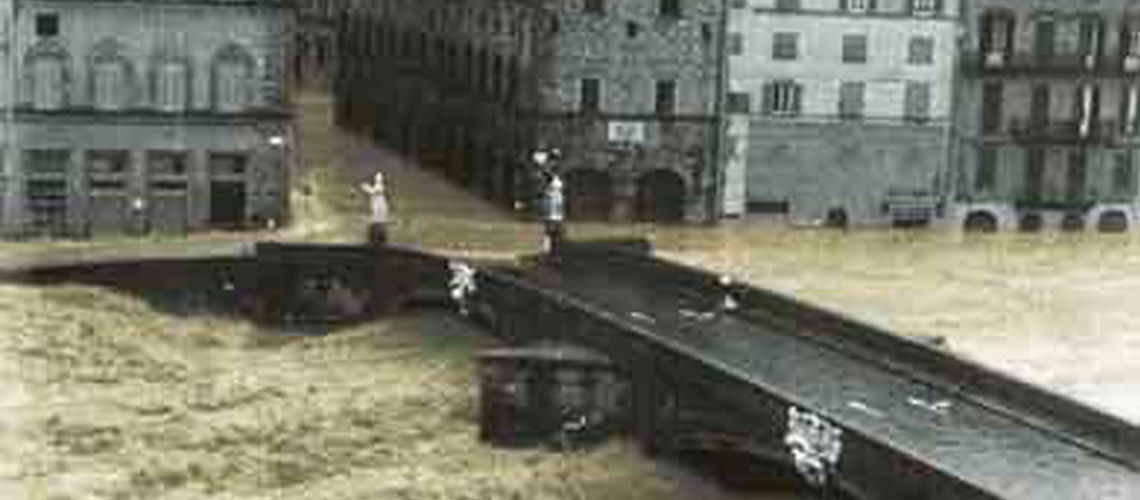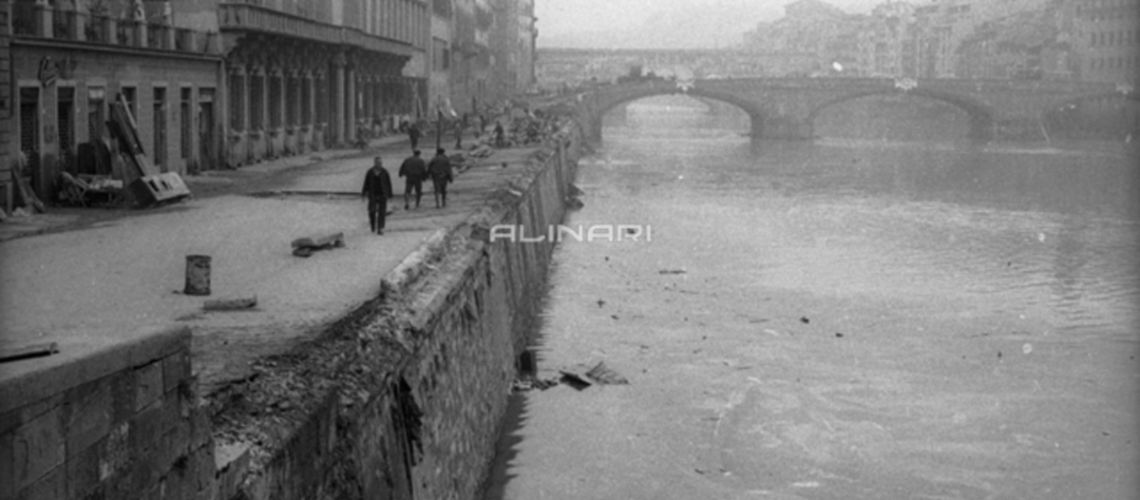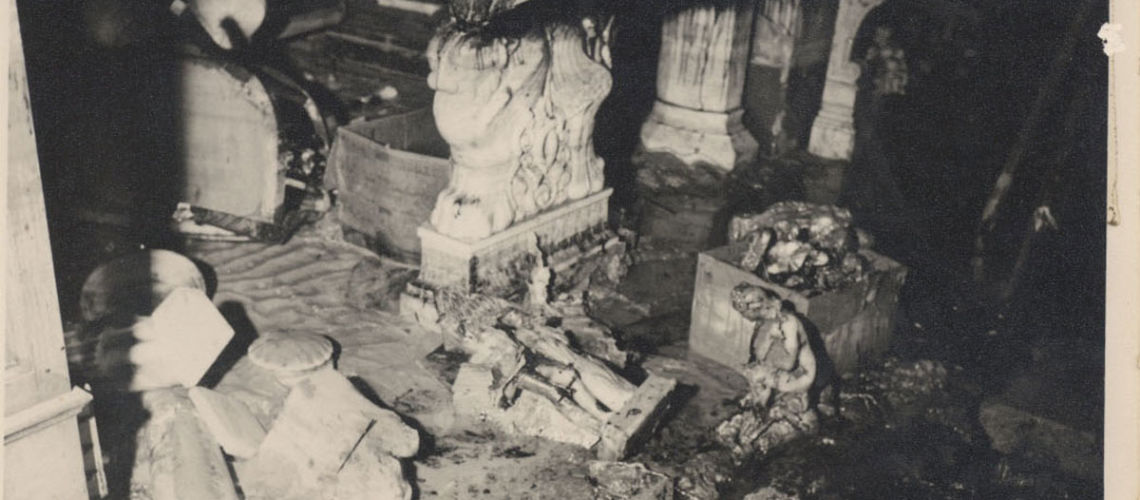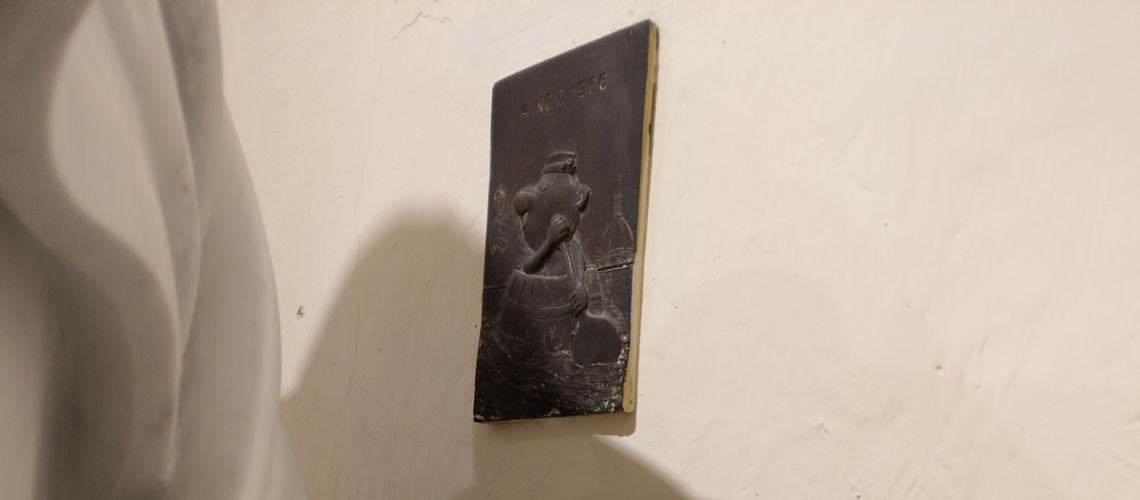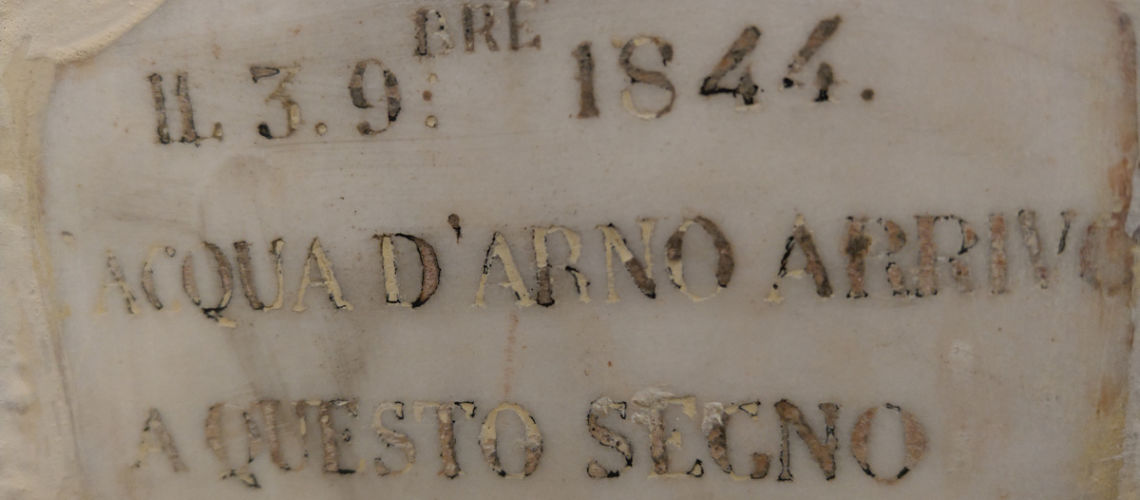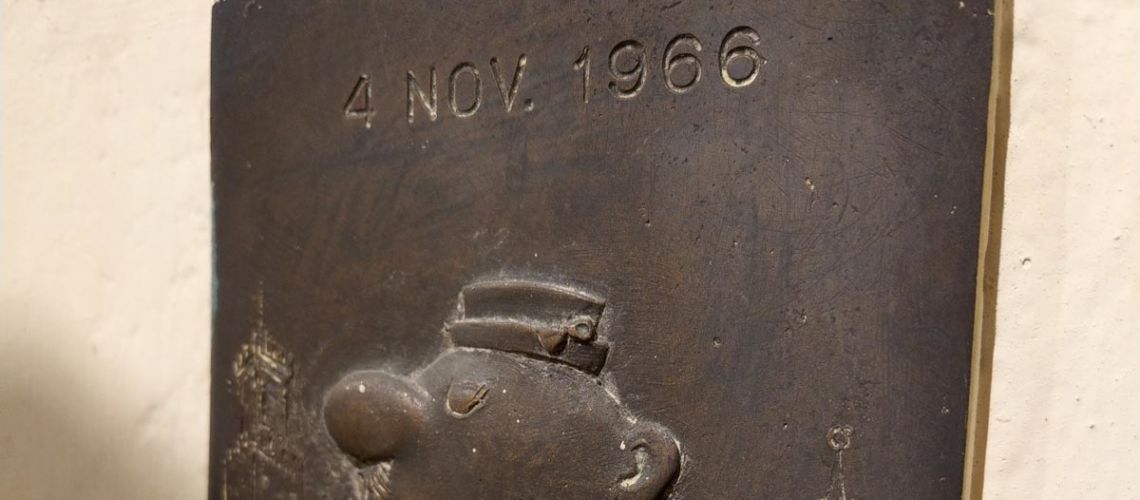The Bazzanti Gallery and Arno river's floods
From the Middle Ages to today, the Arno river has caused about ten disastrous floods in the town of Florence.
In all of them the rains have beaten torrentially without stopping for many days throughout the Arno valley, whose catchment area is very large, slightly less than the whole of Tuscany. The amount of water that poured into the tributaries overflowed, and the Arno water flooded the countryside and the city.
In the Middle Ages the river banks were less resistant and functional than later ones, and in 1167 the Arno flooded nine times, destroying many buildings.
The first flood of which we have certain news are from the Florentine chronicler Giovanni Villani occurred in 1333, the first of November; the damage was enormous, and two bridges fell down.
Two centuries later, in 1547, there was a second flood, on August 13, 1547. Also this was also very serious, Giovan Battista Adriani in his History of his times
tells us that it caused more than a hundred deaths.
After just 10 years, on 13 September 1557 there was another, much heavier than the previous one, causing destructions within the city.
Another great flood was that of November 3, 1844. The Gazzetta di Firenze of November 5, 1844 reports that from nine in the morning to two in the afternoon the water had continued to rise, uprooting the Iron Bridge. In the issue of 7 November it writes that the Iron Bridge, overwhelmed, hit the Alle Grazie Bridge, the Arno went over the parapets and flooded the city.
In the lithography by Muzzi and Borrani the Lungarno Corsini and the homonymous Palace are completely flooded, including the Bazzanti Gallery.
From the publication of the Grand Ducal Government it is seen that even 20 years later, in 1864, there was another flood.
The last terrible flood was that of 1966. It occurred on November 4, on the same dates as those of 1333 and 1844. The damage to the buildings was not very large; the damage to works of art was tragic. The muddy water mixed with the house heating oil that came out, by floating, from the hundreds of tanks of the houses. And it had particularly damaged paintings, ancient documents and books. The Lungarni had been completely submerged,
the shoulders completely knocked down,
the damage to the Bazzanti Gallery was enormous.
On the wall of the Bazzanti gallery you can still see, behind the statues, the plates that mark the level reached during the floods of 1844 and 1966, where it is noted that the level of 1966 was considerably higher than in 1844.

